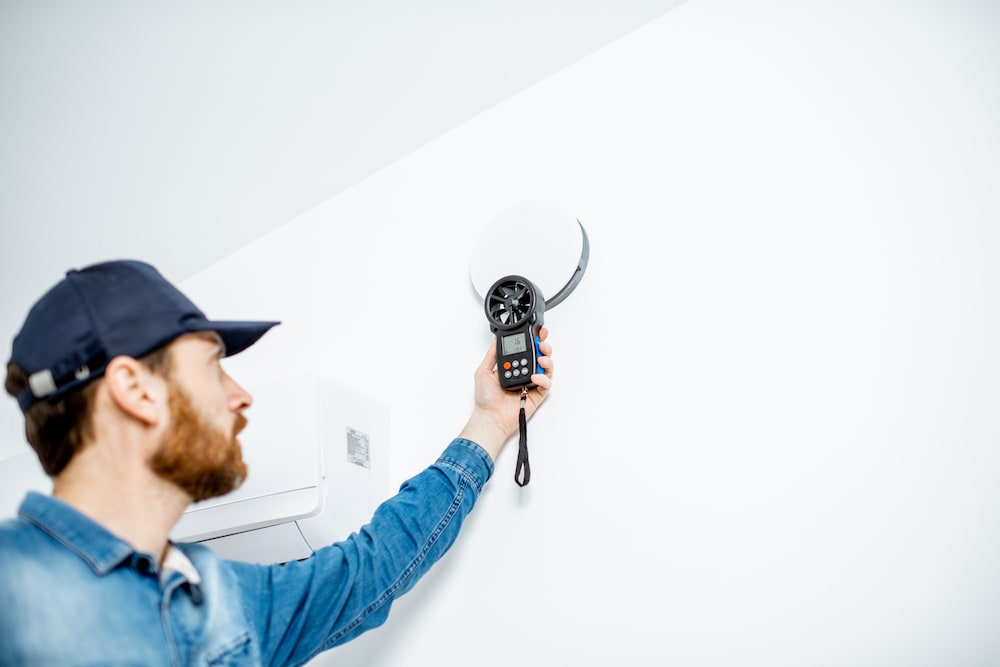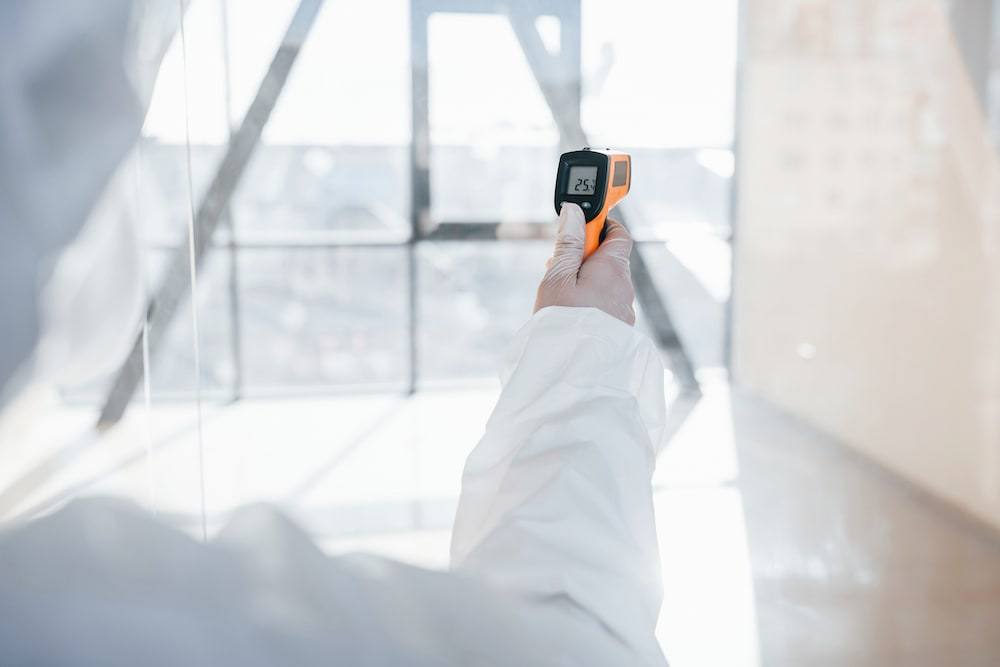- Published 8 Mar 2024
- Last Modified 8 Mar 2024
- 5 min
7 Factors to Consider When Choosing Air Quality Monitors
Ensure safety and meet Australian standards with the right air quality monitor. Learn what to look for and find the best options at RS Australia.


Air quality monitors are essential tools in identifying and quantifying airborne pollutants that can adversely affect human health and the environment. They provide real-time data on the concentration of various contaminants, allowing for gradual correction or immediate response to potentially hazardous conditions. This capability is crucial in Australia, where diverse climates and industrial activities present unique air quality management challenges.
Furthermore, the increasing awareness of indoor air quality issues, exacerbated by recent global health events, has underscored the need for precise monitoring within enclosed spaces. Whether it's in commercial buildings, manufacturing plants, or residential properties, deploying the right air quality monitor helps ensure the well-being of occupants by tracking pollutants such as volatile organic compounds (VOCs), particulate matter, and gases. This vigilance supports compliance with health standards and contributes to creating safer, more comfortable living and working conditions.
Understanding Air Quality Monitors
Air quality monitors are indispensable tools designed for the real-time detection, measurement, and reporting of air pollutants. These devices, ranging from portable handheld units for spot checks to fixed installations for ongoing environmental monitoring, are fundamental in managing air quality across various settings.
In Australia, maintaining optimal air quality in workplaces is not just a health and safety priority but a legal requirement under Safe Work Australia regulations. These standards demand that employers ensure a safe working environment, which encompasses maintaining acceptable air quality and providing adequate ventilation, a concern that has become even more pronounced in the wake of COVID-19.
Similarly, the National Environment Protection Council (NEPC) outlines standards for outdoor air pollutants, requiring government agencies to conduct ambient air quality checks to protect public health.
Within this regulatory framework, air quality monitors become vital assets across diverse Australian industries. They help businesses adhere to health and safety regulations, monitor indoor air quality in office buildings and public spaces, and safeguard homes against pollutants. By integrating air quality monitoring into their operations, organisations can not only comply with regulations but also significantly enhance the health and safety of their environments.
How to Choose Air Quality Monitors

Consider these factors when choosing the best air quality monitors for your operations in Australia:
1. Type of Pollutants Detected
The cornerstone of effective air quality monitoring lies in the device's ability to detect specific pollutants. Whether it's particulate matter (PM), volatile organic compounds (VOCs), carbon monoxide, humidity, or temperature changes, each monitor is tailored to identify certain hazards. Understanding the pollutants prevalent in your environment is key to selecting a monitor that can offer the most protection and insight.
2. Accuracy and Sensitivity
Accuracy and sensitivity are non-negotiable when it comes to air quality monitors. The ability of a device to deliver precise and sensitive readings determines its reliability and the trust you can place in its measurements. The required level of accuracy may vary, influenced by the intended application and the potential impact of detected pollutants on health and safety.
3. Monitoring Range and Environment
Consider the device's monitoring range and its compatibility with your specific environment. Indoor and outdoor settings demand different features from a monitor, as do industrial versus residential spaces. The goal is to match the monitor's capabilities with the environmental conditions it will be exposed to.
4. Durability and Environmental Conditions
Dust, chemicals, and moisture can all compromise an outdoor air quality monitor's performance, so selecting a device that is durable enough to withstand these elements is crucial for long-term reliability. The durability requirements for indoor air quality monitors are less stringent, which means you can get away with a cheaper model if you’re placing yours in a less harsh environment, like an office.
5. Ease of Use and Connectivity
Modern air quality monitors often come equipped with features that enhance ease of use and connectivity. User-friendly interfaces, digital displays, and options for app integration and wireless data transmission can significantly streamline the process of air quality checks, continuous monitoring and data analysis.
6. Budget and Cost-Effectiveness
While budget considerations are important, balancing cost with functionality and accuracy ensures that you invest in a monitor that offers long-term value. The best air quality monitor is not always the most expensive one but rather the one that effectively meets your specific needs and operational conditions.
7. Calibration and Maintenance
To maintain their accuracy and reliability, air quality monitors require regular calibration and maintenance. Understanding the maintenance needs of your chosen device and the frequency of necessary recalibration will help you keep your monitor in top condition, providing dependable readings over time.
Find the Best Air Quality Monitor at RS Australia
In the pursuit of healthier indoor and outdoor environments, the air quality monitor is an essential tool in the proactive management of air quality, allowing businesses to safeguard health and ensure regulatory compliance. The right monitor not only provides companies with accurate data on air pollutants but also empowers them to take actionable steps towards mitigating potential health risks.
Browse the comprehensive range of air quality monitors and air quality testers at RS Australia, designed to meet the diverse requirements of Australian industries, businesses, and homes. From simple solutions for small spaces to advanced systems for comprehensive environmental surveillance, RS Australia has everything you need to maintain optimal air quality. Explore our selection today and take a decisive step towards enhancing the health and safety of your environment.
Popular Air Quality Monitor Brands
Renesas Electronics
Renesas Electronics offers advanced air quality monitors that leverage cutting-edge sensor technology for precise environmental analysis.
Related links
- Testo testo 315-3 Data Logging Air Quality Monitor for CO2 95%RH...
- Air Quality Monitors
- ifm electronic SL0201 Air Quality Monitor for Air Velocity, +50°C Max
- Breathing Easy: The Essential Guide to Air Quality and Humidity...
- ifm electronic SLG23CEEAKOA/PH Air Quality Monitor for Air...
- RS PRO Data Logging Air Quality Monitor for Humidity Temperature...
- Sensirion SPS30, Air Quality Sensor for Air Quality Monitors
- SGX Sensors VQ35MB, Gas Sensor IC for Air Quality Monitors